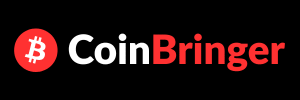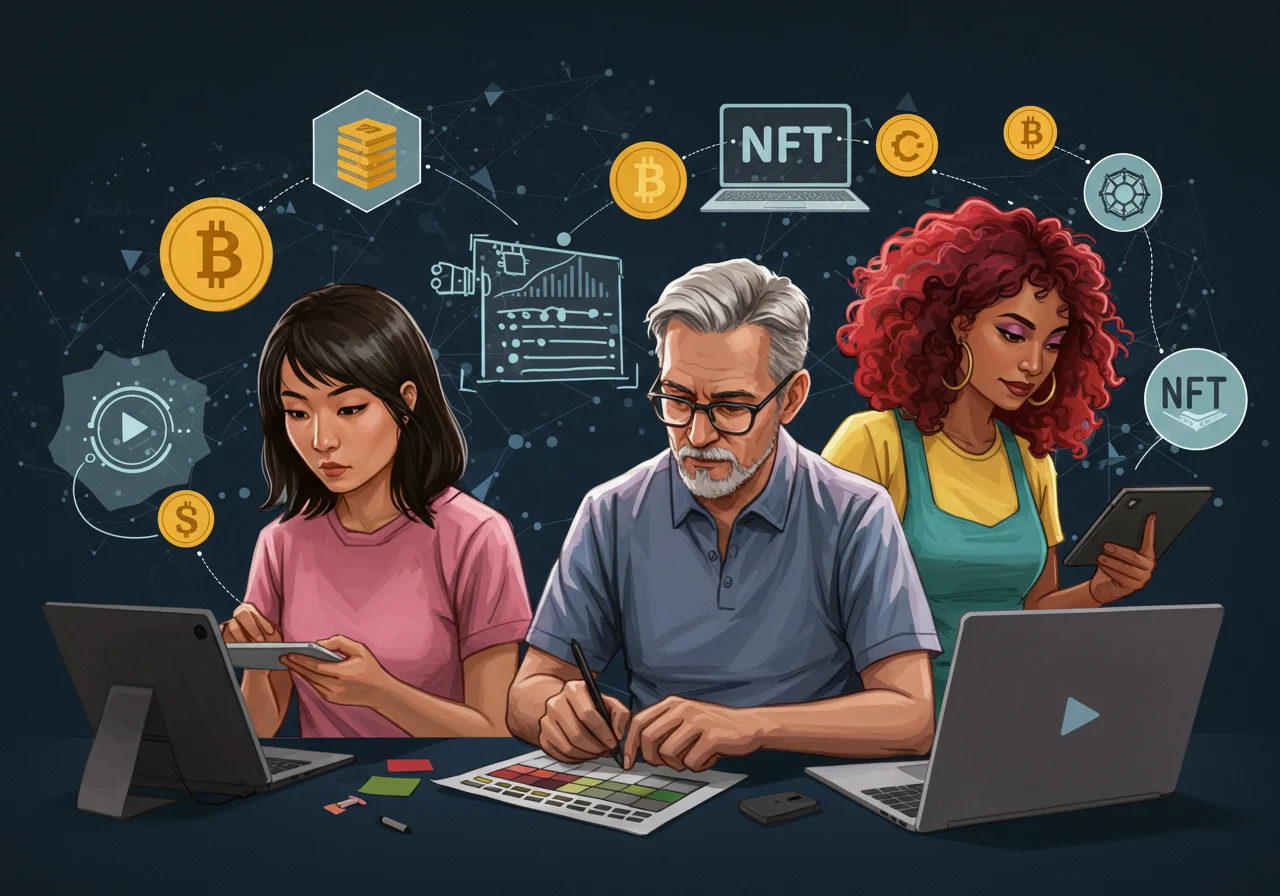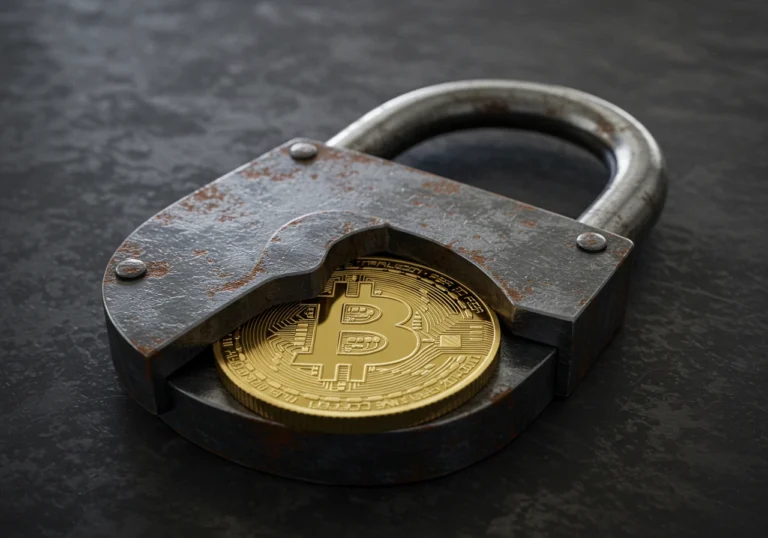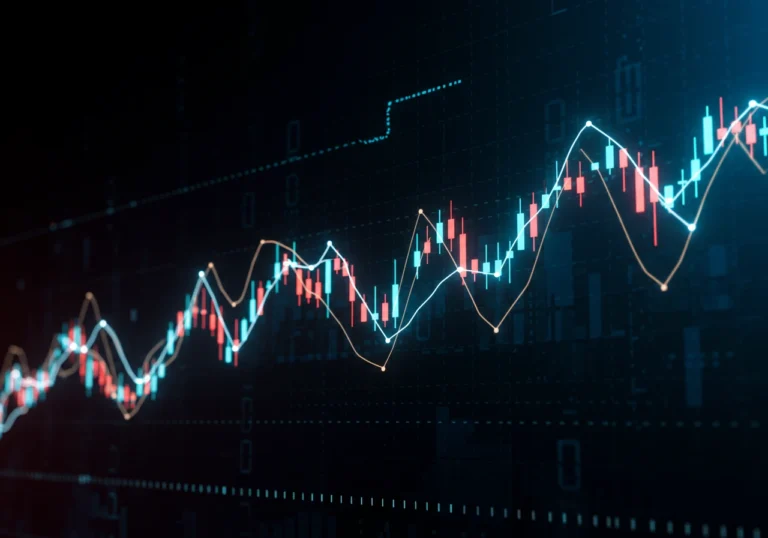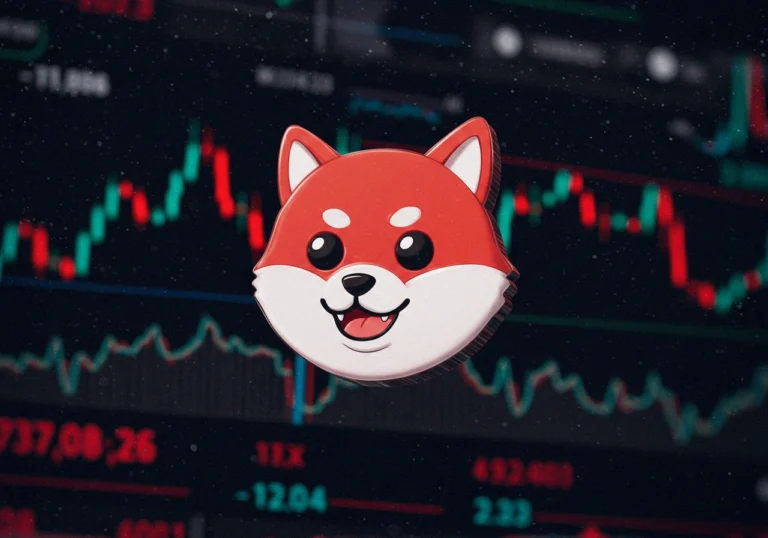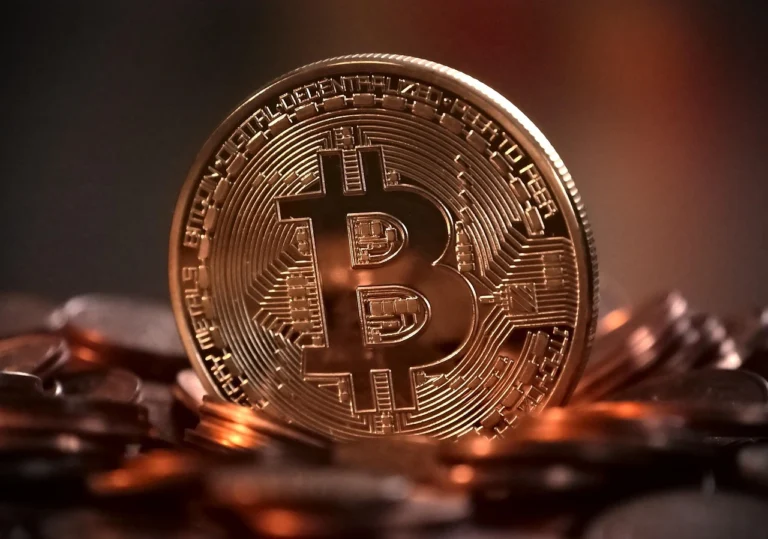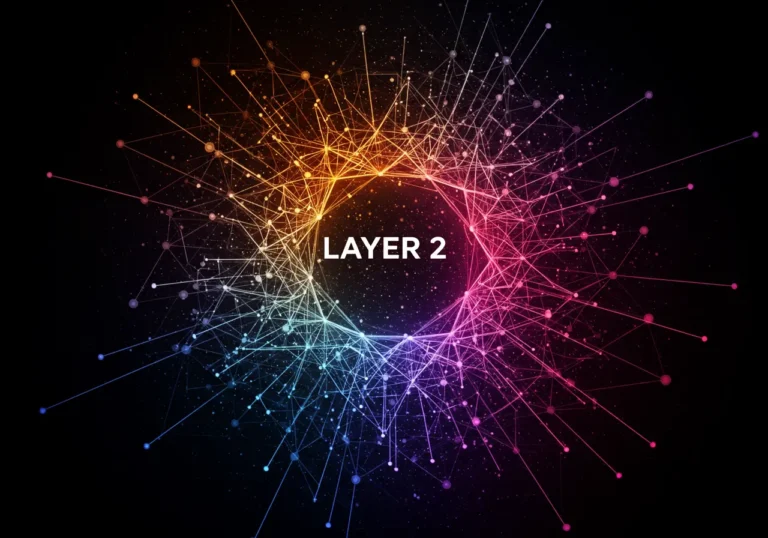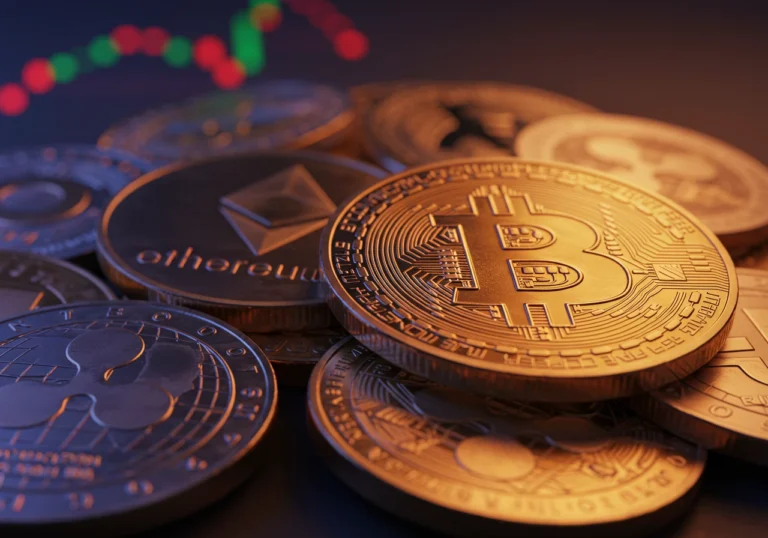Crypto for Creators: How NFTs and DAOs Are Empowering Artists
Crypto for creators is changing how artists, musicians, writers, and makers earn money and build community. It gives them tools to sell directly, get paid for secondary sales, and invite supporters into decisions. This article explains the basics and shows how to use NFTs and DAOs in safe, smart ways.
What is NFT and why artists care
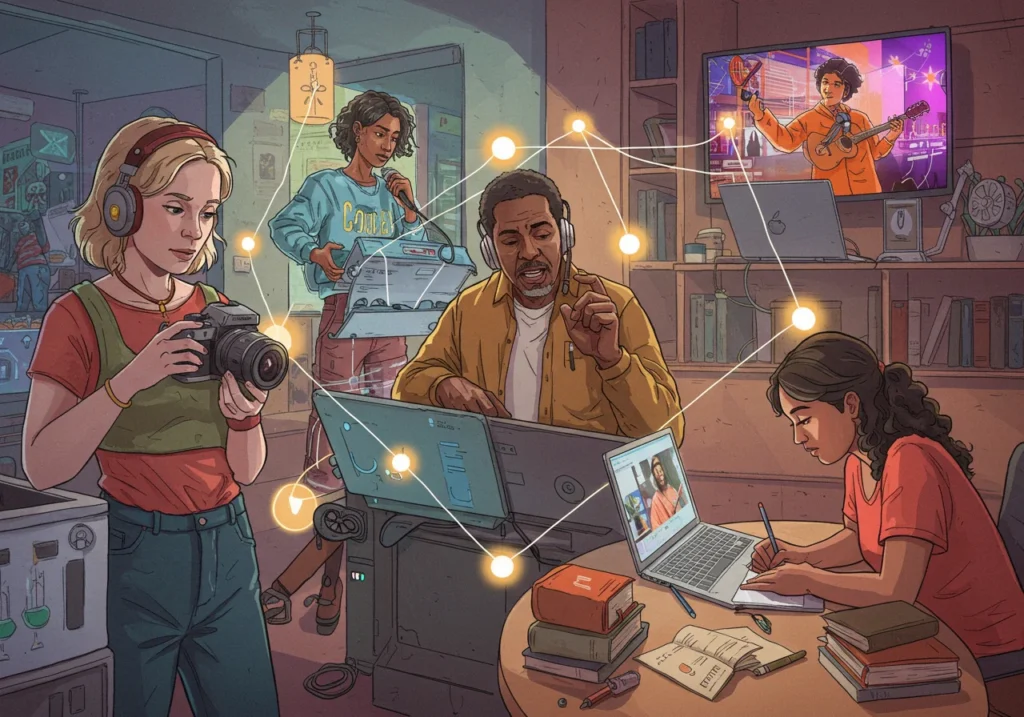
An NFT (non-fungible token) is a digital certificate that proves ownership of a unique item on a blockchain. Think of it as a signed certificate for a painting, but digital. The art can be an image, a song, a video, or even a ticket to an event.
Why artists care:
- NFTs let creators sell digital work in a way that proves authenticity.
- They can program royalties: every time the NFT is resold, a percentage goes back to the artist.
- NFTs let artists reach a global audience without middlemen taking large cuts.
A simple example: you create a short animated piece and mint 100 numbered NFTs. You sell them on a marketplace. If some buyers resell later, you get a small royalty each time. That ongoing income is new and valuable for many creators.
How DAOs give artists a seat at the table
A DAO (decentralized autonomous organization) is a group that uses blockchain rules to make decisions together. Members usually hold tokens that give them voting power. DAOs can fund projects, manage shared resources, or support creators directly.
How DAOs help creators:
- Fans can fund a project together and receive special access or shares of earnings.
- Creators can form DAOs to co-own projects, sell decisions as tokens, or govern community rules.
- DAOs remove a single gatekeeper — decisions are made by members, often transparently.
Imagine a music DAO where supporters buy tokens that let them vote on which song to record next. They may also get a share of streaming revenue. That turns fans into partners.
Practical ways creators use Crypto for creators
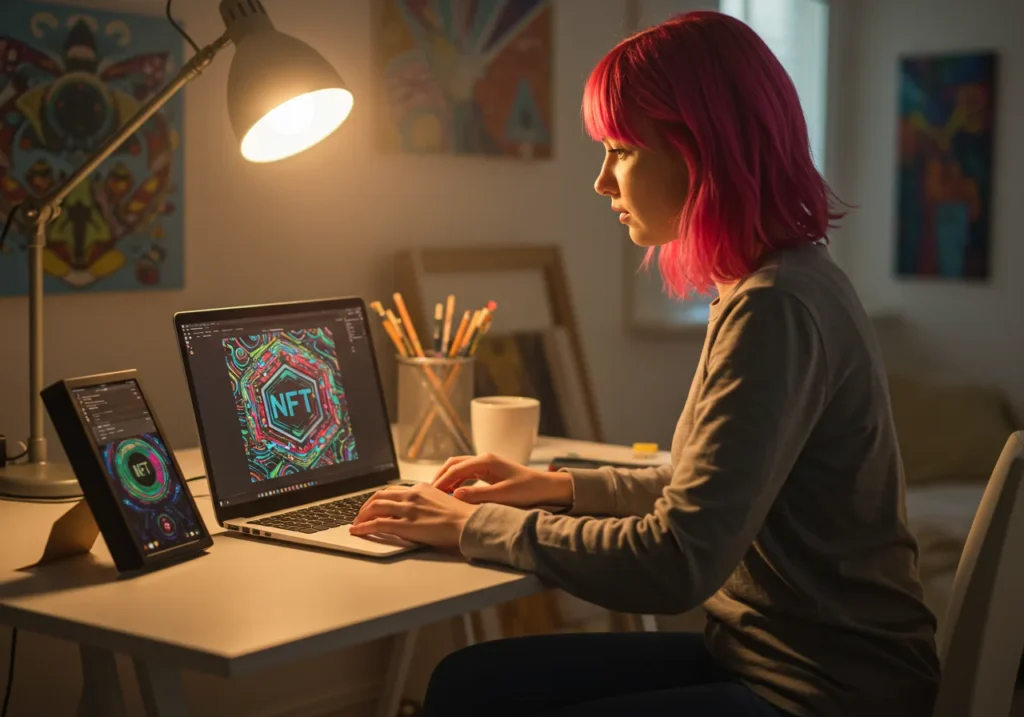
Here are concrete examples creators are already using:
Selling original work as NFTs
Artists mint one-of-a-kind works or limited editions. Marketplaces and social platforms list them. You control how many copies exist and can set resale royalties.
Offering membership and perks
Instead of a single sale, creators sell NFTs that act as membership passes. Holders might get early releases, private chats, or live shows.
Fractional ownership
An expensive artwork or music rights can be split into small tokens. Many people can then own a tiny piece. This can unlock funding for creators or let fans invest.
Crowdfunding via DAOs
Supporters pool funds to produce an album or a short film. DAO rules outline who gets what and how decisions are made.
Licensing and collaborative projects
Creators can license content directly through smart contracts, or work with others in a DAO to share revenue transparently.
Step-by-step: how to get started safely
If you are a creator curious about Crypto for creators, these steps will help you begin without rushing.
1. Learn the basics first
Understand wallets, gas fees, marketplaces, and royalties. Read simple tutorials and watch a few videos. Knowledge reduces mistakes.
2. Choose a simple wallet
For beginners, use a well-known wallet app. Keep your seed phrase safe: write it on paper and store it offline. Never share it.
3. Start small
Mint one or two pieces to learn the process. Consider using low-cost blockchains or layer-2 solutions to avoid high fees.
4. Research marketplaces
Each marketplace has different rules and fees. Some focus on art, others on music or collectibles. Check how royalties work and what community standards they enforce.
5. Set clear terms
When you mint, decide royalties, edition size, and what buyers receive. Make it clear in the item description.
6. Protect your identity and work
Use watermarks for previews. If privacy matters, separate personal accounts from creator accounts. Consider legal advice for licensing.
7. Build community first
People buy from creators they trust. Share your process, talk about what you make, and invite feedback. Community makes NFTs more meaningful than just a speculative purchase.
Common pitfalls and how to avoid them
The space is exciting, but not without risks. Here are common problems and practical protections.
High fees and bad timing
Blockchains like Ethereum can have high transaction costs. Use layer-2 options or times of lower network congestion to reduce fees.
Scams and fake buyers
Watch for suspicious offers, especially those asking to sign strange messages. Validate buyers and use trusted marketplaces.
Copyright and plagiarism
Someone might mint your work without permission. Keep records that show you created the work. Use platforms that allow copyright takedowns and report fraud early.
Overreliance on speculation
Not every NFT will rise in value. Focus on making art and building a loyal audience rather than chasing price spikes.
Legal and tax issues
Earnings from NFTs and DAOs are often taxable. Consult a local accountant who understands digital assets.
How to price your work and set royalties
Pricing is part art and part strategy. A few simple rules:
- Start modestly: early buyers want to feel they got in early.
- Consider edition sizes: a single unique piece might be higher priced than a 100-piece series.
- Set royalties that feel fair—2.5% to 10% is common. Higher royalties give steady income but may affect resale interest.
- Offer perks: early access, signed physical print, or a private meet can justify higher prices.
Stories of creators who benefited
- A comic artist sold a limited NFT collection and funded a print run of physical books.
- A musician released a token that included studio time with fans; the revenue paid for a tour.
- A photographer sold fractional ownership of a high-value print, allowing many people to support the artist and share success.
These stories show that value often comes from a blend of art, community, and thoughtful structure.
Community and ethics: building trust
Creators should think about fairness and clarity. Be transparent about what buyers get. If a DAO runs a project, set clear governance rules. Communities thrive where rules are clear and members feel respected.
Tools and platforms to explore
There are many tools for creators. A few types:
- NFT marketplaces (art-focused and general)
- DAO platforms for governance and fundraising
- Wallets with simple UX for beginners
- Royalties and licensing smart contracts services
Research each tool, read user reviews, and test with small amounts.
Conclusion
Crypto for creators is more than a new sales channel. It reshapes how value flows between artists and audiences. It gives creators tools to earn long-term royalties, invite fans into decisions, and fund projects without relying only on galleries or labels. The technology is still young, and not every experiment will succeed. But for creators willing to learn and act carefully, the opportunities are real.
Start small, protect your work, and build a community. Over time, these steps can create a sustainable creative life that is fairer and more direct than many older systems.
Quick summary
- Crypto for creators uses NFTs and DAOs to help artists sell, earn royalties, and build community.
- NFTs prove digital ownership and can include resale royalties for creators.
- DAOs let fans and creators govern projects and pool resources.
- Start small: learn wallets, choose a marketplace, and mint a few pieces.
- Protect your seed phrase, verify buyers, and watch for scams.
- Focus on community and clear terms to build lasting value.
FAQ
Q: Do I need to be technical to make NFTs?
A: No. Many platforms make minting simple. Learn the basics, follow step-by-step guides, and start with small experiments.
Q: Will NFTs replace galleries and labels?
A: Not necessarily. NFTs and DAOs add options. Galleries and labels still offer value in curation and promotion. Many creators use both.
Q: How do royalties work on resales?
A: When you set royalties in the NFT contract, a percentage of future sales automatically goes to you, as long as the marketplace respects the standard.
Q: Are NFTs bad for the environment?
A: Some blockchains use energy-intensive proof-of-work systems. Many creators use more efficient blockchains or layer-2 solutions that reduce environmental impact.
Q: Can I sell physical art and NFTs together?
A: Yes. Many creators bundle a physical piece with a matching NFT or offer the NFT as proof of authenticity.
Table of Contents

Hello, I’m Edmilson Dias, founder of CoinBringer. I created this platform to guide people through the fast-moving world of cryptocurrency with clarity and safety. With years of research in blockchain and digital security, my goal is to translate complex topics into practical knowledge, offering reliable tutorials, safety insights, and guidance for both newcomers and experienced users.
Discover more from CoinBringer
Subscribe to get the latest posts sent to your email.
